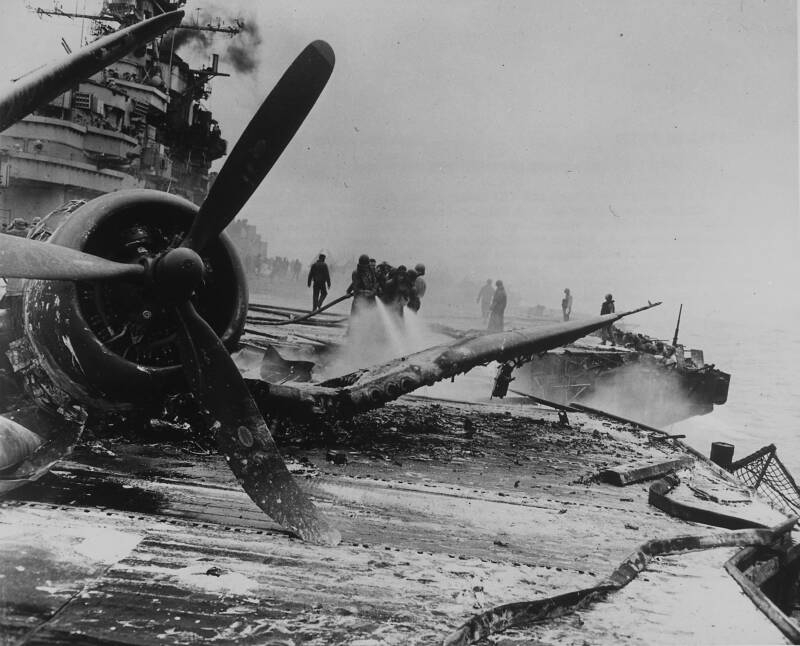The Kamikaze
Let's start with the storm that sank the Mongol ships, which may have been the marine calamity with the highest death toll in history. Because it occurred 750 years ago and the Mongols weren't the best at keeping records, specific figures are difficult to find.
Kublai Khan is said to have gathered a fleet of hundreds of ships and between 30,000 and 40,000 troops and traveled across the ocean to conquer Japan in 1274. About a third of his fleet was lost when a storm struck his men close to the island of Kyushu. That was 10,000 to 13,000 casualties right there, but it turned out that was just the beginning because the real disaster wasn't felt until the Mongols attempted again over a decade later.
Kublai Khan was prepared for another attack in 1281. With nearly 4,000 ships and 140,000 soldiers, he had amassed one of the biggest naval forces in history and tried an invasion on a scale that had never been seen before. There was no way anyone could stand against the Mongol Empire's power.
However, the fleet was once more besieged by a powerful typhoon as it returned to being close to Japan, completely decimating their numbers. At least half of the troops died, and the Japanese military executed many of the survivors who made it to the coast. The two typhoons that protected their island were renowned in Japanese folklore as "divine winds," or kamikaze, and it is estimated that up to 100,000 Mongols may have perished at sea during their attempts to conquer Japan.
Date: 1274, 1281
Location: Halifax, Nova Scotia, Canada
Deaths: 10,000 ~13,000 ( 1274), ~100,000 (1281)












